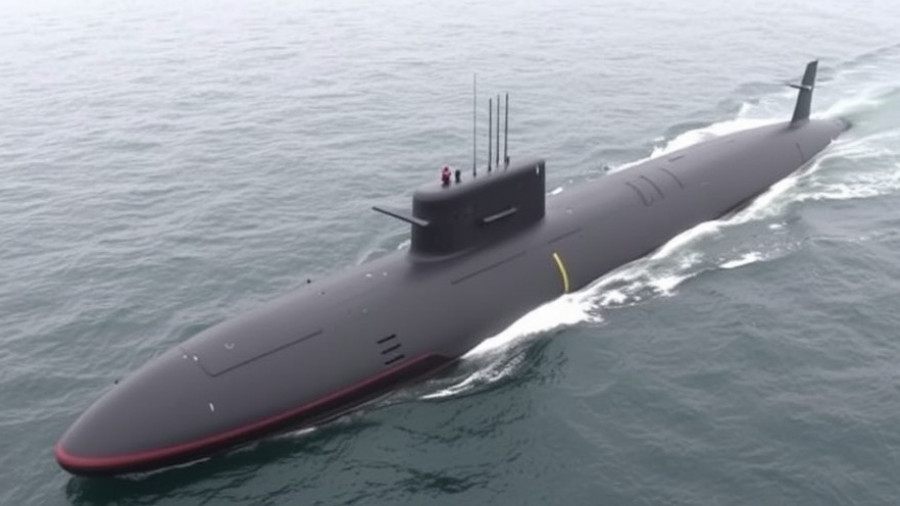
The Rising Tide of Naval Cooperation: Norway Buys Type 26 Frigates
In a significant move towards enhancing its maritime defense capabilities, Norway has officially chosen to acquire the British-designed Type 26 anti-submarine warfare (ASW) frigate. This acquisition marks a pivotal step in Norway's mission to bolster its naval strength in the North Atlantic, particularly amidst increasing submarine activity from Russia.
Strengthening Strategic Partnerships
The announcement made on August 31, 2025, signals not just a military upgrade for Norway, but also the establishment of a long-term strategic partnership with the United Kingdom. Norwegian Prime Minister Jonas Gahr Støre emphasized the potential for extensive industrial collaboration, indicating that Norwegian industries could compete for contracts equal to the value of the frigate deal. This underscores the dual benefit of military advancement and economic opportunity.
Technological Integration for Joint Operations
The Type 26 frigates are designed with advanced capabilities to detect, track, and neutralize submarine threats. Norway’s decision to mirror the specifications of the UK vessels will enable both nations to operate seamlessly. Defense Minister Tore O. Sandvik pointed out that having identical vessels will not only improve operational efficiency but also lower maintenance costs and facilitate joint training programs. This integration indicates a future where British and Norwegian crews might even be interchangeable, further enhancing collaborative military operations.
Geopolitical Context: The Russian Threat
This acquisition occurs in the context of heightened tensions in the North Atlantic, particularly due to increased Russian submarine activities. Recent naval exercises involving Norway, the UK, and the US sent a clear message: heightened vigilance is necessary to deter potential threats. Reports indicate that throughout these exercises, allied forces actively hunted for Russian submarines, showcasing the urgency and relevance of Norway's new frigate strategy.
Environmental and Economic Considerations
Furthermore, Norway's decision reflects a nuanced understanding of the environmental impacts associated with maritime operations. By investing in the Type 26 frigate, Norway aims to utilize advanced technology to manage not just military concerns but also potential environmental threats posed by naval operations in vulnerable areas like the North Atlantic.
Future Ramifications and Industrial Growth
The implications of this acquisition extend far beyond military effectiveness. The partnership is expected to stimulate local economies, particularly in shipbuilding sectors. As Norway prepares for the arrival of these frigates by 2030, local shipyards are poised to benefit from the manufacturing processes, offering a boon to employment and technological advancement in the region.
Final Thoughts: A New Era for Norwegian Defense
As Norway drafts its blueprint for a modernized naval force, this new strategic alliance with the UK through the acquisition of Type 26 frigates illustrates a commitment to enhancing national security and promoting economic growth. The interplay of military strategy, economic development, and international cooperation paints a promising picture for the future of Nordic defense, one that Mississippi residents and global observers should keenly follow.
 Add Row
Add Row  Add
Add 




Write A Comment